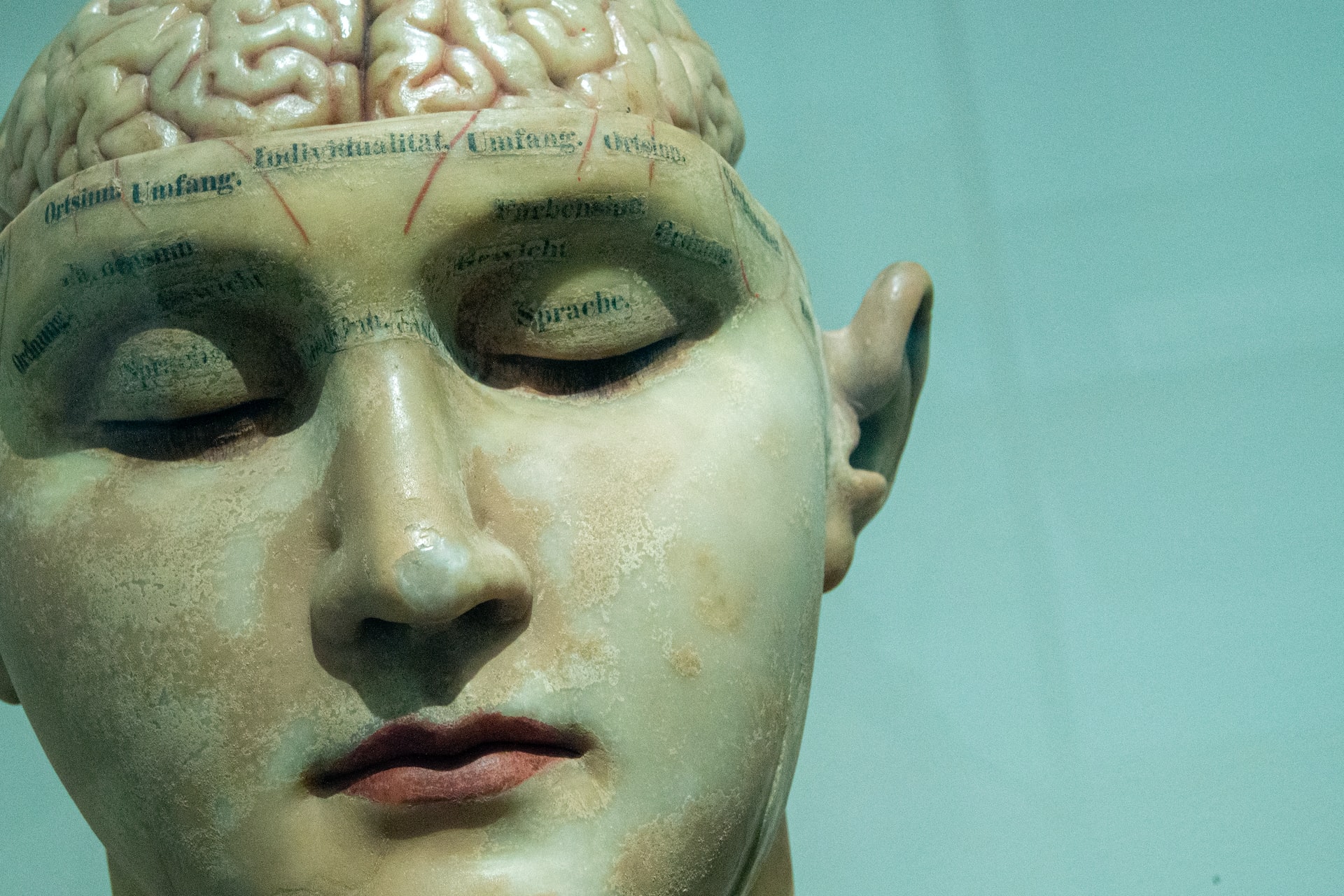A Deep Dive into Parkinson’s: Causes and Consequences
Parkinson’s disease is a brain disorder that messes with movement. It happens when certain brain cells that make dopamine start to die off. Dopamine is super important for controlling how we move our bodies.
The exact cause of Parkinson’s isn’t totally clear, but scientists think it’s probably a mix of genetic and environmental factors. Some gene mutations can increase the risk, and exposure to certain toxins or pesticides might play a role too.
The main symptoms of Parkinson’s are shaking (tremors), stiff muscles, slow movement, and problems with balance. These usually start gradually on one side of the body. As the disease gets worse, people might have trouble walking, talking, and doing simple tasks.
But Parkinson’s isn’t just about movement problems. It can also cause other issues like depression, sleep problems, constipation, and loss of smell. Some people even develop dementia in later stages.
Doctors diagnose Parkinson’s mainly by looking at symptoms and doing physical exams. There’s no single test that can definitively diagnose it. Brain scans and other tests might be used to rule out other conditions.
Treatment for Parkinson’s focuses on managing symptoms, since there’s no cure yet. The main drug used is levodopa, which the brain converts to dopamine. Other medications can also help control specific symptoms. Some people might benefit from deep brain stimulation surgery.
Living with Parkinson’s can be tough. As symptoms get worse over time, it becomes harder to do everyday activities. This can lead to loss of independence and social isolation. It’s not just the person with Parkinson’s who’s affected – it can be really hard on family and caregivers too.
Research into Parkinson’s is ongoing. Scientists are working on better ways to diagnose it earlier, new treatments to slow its progression, and even ways to potentially prevent it. There’s also a lot of interest in understanding the non-motor symptoms of Parkinson’s and how to better manage them.
One big challenge is that by the time symptoms show up, a lot of those dopamine-producing brain cells are already gone. That’s why there’s a push to find ways to detect Parkinson’s earlier, before symptoms start.
The number of people with Parkinson’s is expected to increase a lot in the coming years as the population ages. This means we’ll need more resources for care and support. It also highlights the urgency of finding better treatments and, hopefully, a cure.
In the meantime, exercise and physical therapy can help people with Parkinson’s maintain their mobility and independence for longer. Support groups can also be really helpful for both patients and caregivers.
Parkinson’s is a complex disease that affects each person differently. While it presents many challenges, advances in treatment and support are helping people with Parkinson’s live fuller lives. As research continues, there’s hope for even better outcomes in the future.





